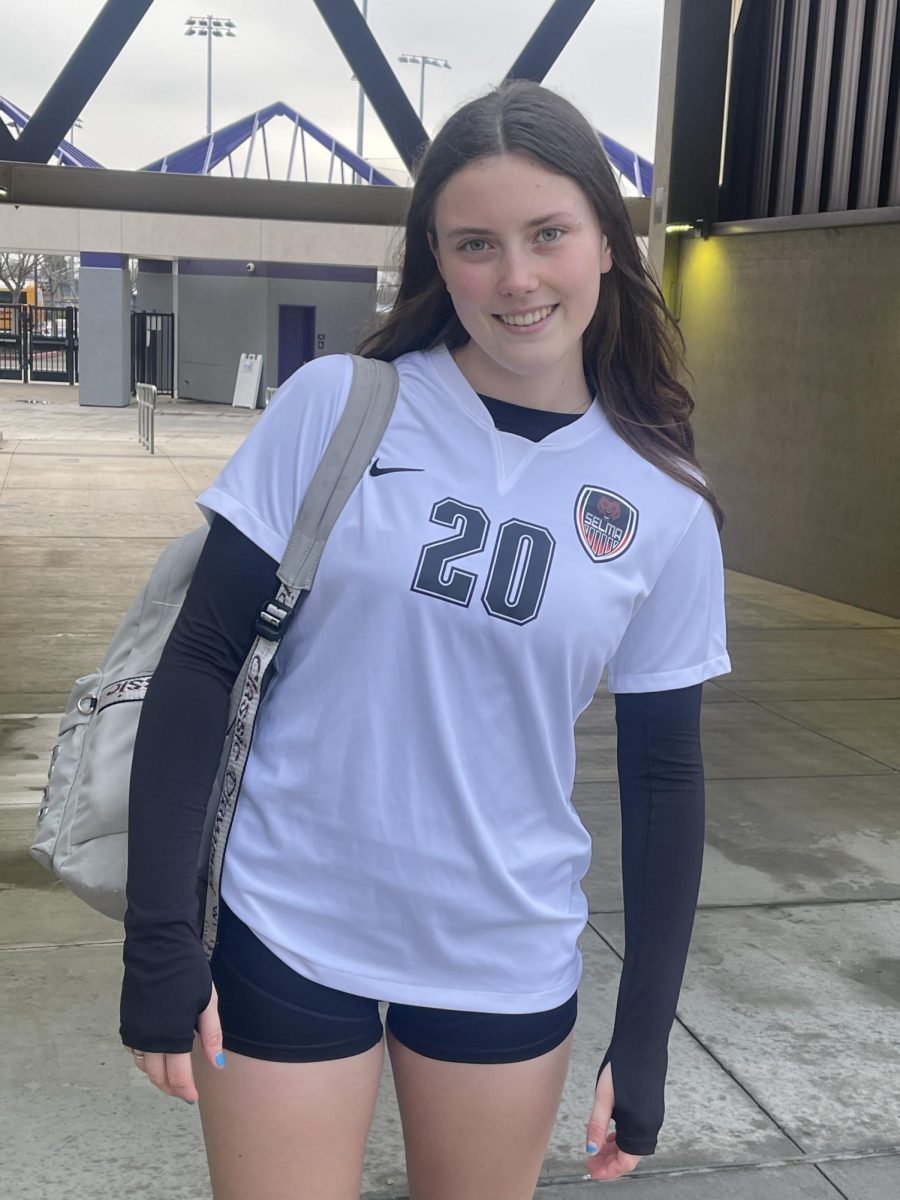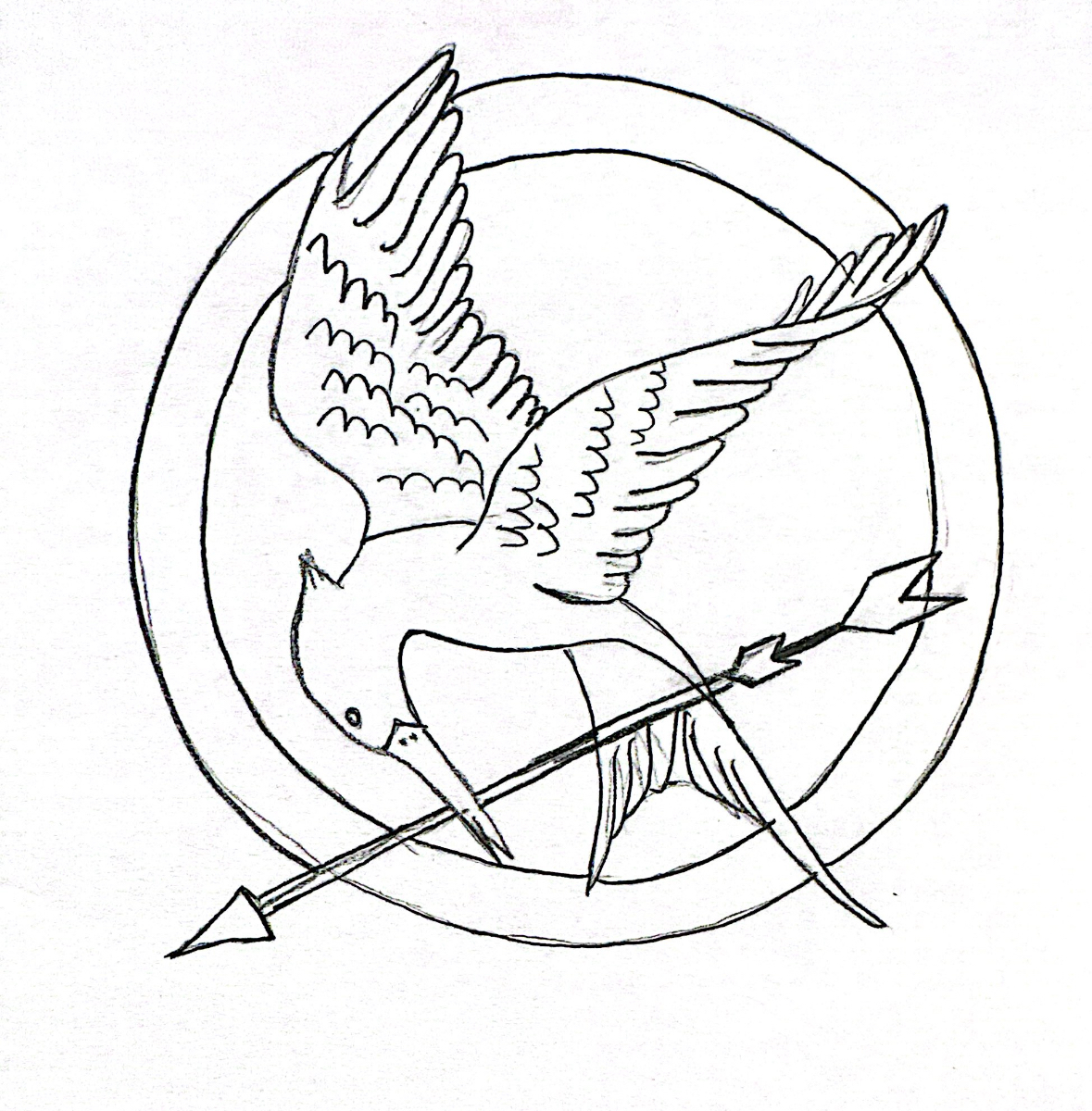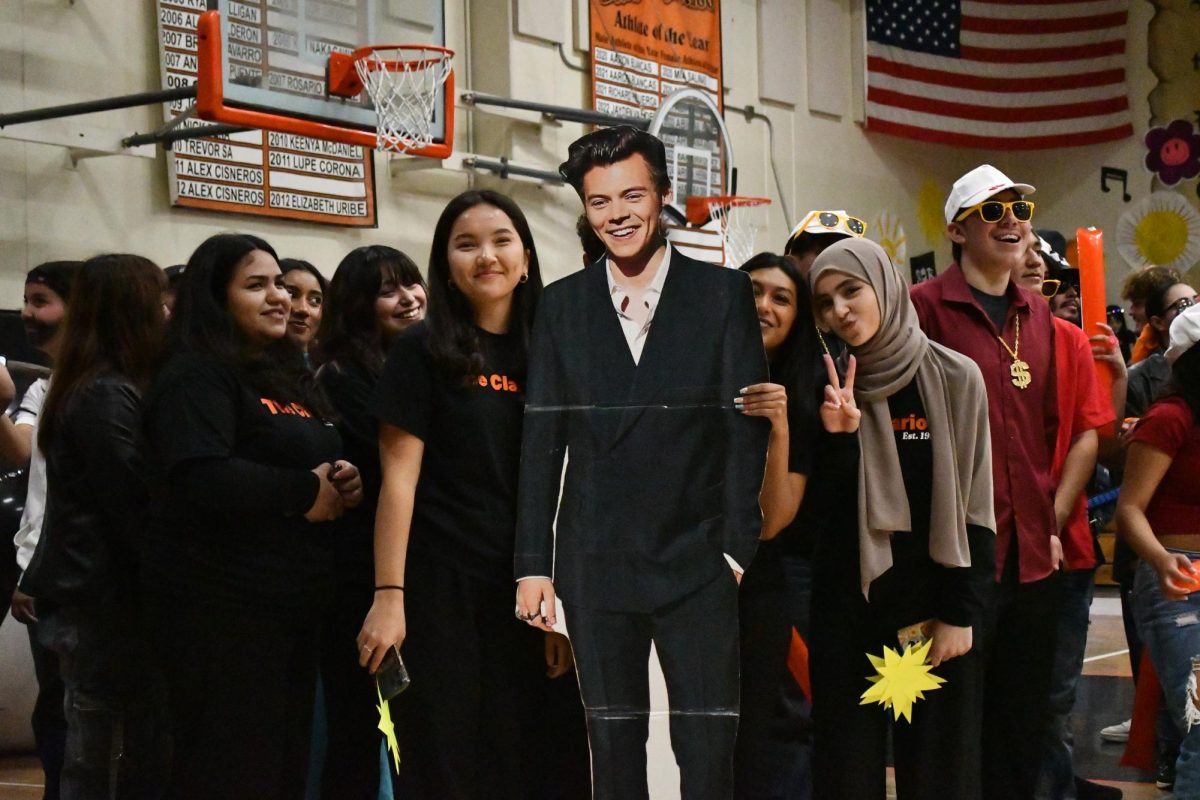As an exchange student my main goal is to take part in the culture, and sports have been a big part of that. Or more specifically, school sports. As a Scandinavian, the concept of school sports is still a bit incomprehensible, even after taking part in it firsthand for months.
I have always been active, participating in ballet, scouts, skiing, soccer, handball, choir, etc., and yet the sports here are something else entirely. Leaving school early for an away game, having a student section in the bleachers, sports facilities and multiple fields on campus, hearing the daily bulletin announcing today’s sports, are just a few of the everyday things that remind me how different life being in sports is.
In Norway, sports and school have nothing to do with each other. If you want to play, you play for the local club team. And you will most likely stay in that club until you move away from home. One of the aspects of this that I have missed the most is the feeling of being part of something bigger than just your team, but rather multiple teams of all ages and genders that play for the same badge on their jersey. Walking into the arena and seeing children in your jersey learning the basics of the sport, and knowing that if you do well they will look up to you. Cheering and doing volunteer work for the adult team that you may get to play for one day.
Another thing I like about our clubs is the opportunity to practice with older ages and levels if you need an extra challenge. There is also the opportunity to practice on teams made up of players from different teams in the area, as another stage to better the performance. To a certain extent you can choose how much advancement you want, while still staying on your primary club team.
There are, of course, pros and cons with both systems. Money, accessibility, education, and other factors play a role in both. In a way, school sports are more accessible because much of the cost is covered, while in Norway you have to pay considerably big fees. Another argument is that it’s on the school ground, guaranteeing that the arena is reachable for every player. A downside is that not everyone who wants to play gets to play. There is a limited number of players on the team. If you’re not good enough, you can’t play. This does not sit right with me. Because what is a sport, and a team, if it does not make space for those who are new to the sport, or those who work hard but never reach the top, or the late bloomers? I wholeheartedly believe that any sport is much better off when it makes space for the whole range of players, not just the top. Even those who are just there for the social aspect, or those who can only attend one practice a week, they are important too. It’s about keeping the passion and fun alive, and it’s about creating a welcoming environment, making the sport itself more approachable. The effects will show on the bleachers. On the other hand there is more student involvement in school sports because the whole school gets included in the various sports. School spirit is infectious, and makes a big difference for the sport interest.
For the educational part of all this, I am very torn between my thoughts. On one hand, having to maintain a certain GPA can really help some student athletes with their education, but on the downside it will exclude those incapable of the grade, those who struggle with school and might only feel affiliation and triumph in sports.
My experience has shown me that both ways of doing sports have their advantages and disadvantages. Your experience does not rely on the system, but rather the way you choose to embrace it. The enjoyment and the success all depend on the player, and what the player chooses to focus on.
Categories:
American School Sports Vs. Norwegian Club Sports?
Maja Sørheim, Reporter
February 9, 2024
0




